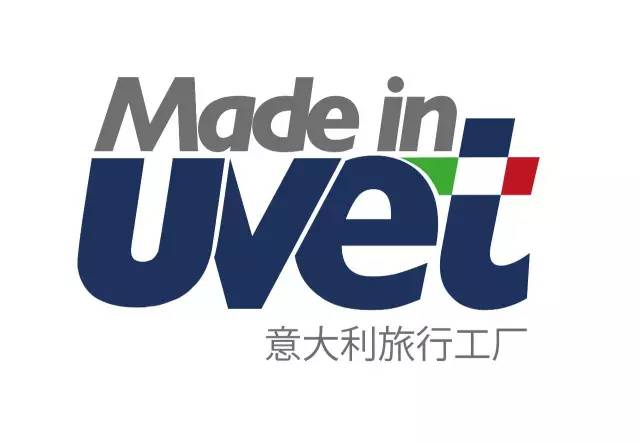Custom-made Carpets: Design, Material, and Process
Custom-made carpets offer a unique and luxurious way to enhance the look and feel of any room. These carpets are carefully designed, taking into consideration the specific needs and preferences of each customer. The material used is of utmost importance, with options ranging from soft and luxurious wool to more durable and easy-to-clean synthetic fibers. The design process involves careful consideration of color, pattern, and texture, which are all chosen to complement the room's existing decor. From traditional to contemporary, there are endless design possibilities, making it easy to find a custom-made carpet that suits any taste or budget.
Carpets have always been more than just a practical floor covering; they are also a form of interior decoration that reflects the taste and personality of the homeowner. From traditional to modern, there are various styles and designs to choose from, each one unique and catering to different tastes. In this article, we explore the world of custom-made carpets, discussing the design options, materials used, and the process involved in creating a piece that is truly one-of-a-kind.
Designing a Custom Carpet
The design process for a custom carpet begins with an empty canvas and ends with a unique piece that enhances the look and feel of any space. From patterns and colors to material selection, every detail is tailored to the homeowner's specific tastes and needs. Here are some of the key aspects to consider when designing a custom carpet:

1、Patterns: Whether it's a traditional floral pattern or a more modern geometric design, the pattern you choose will greatly influence the overall look and feel of your carpet. Consider the style of your home and the type of message you want your carpet to convey.
2、Colors: Color is one of the most powerful design tools available. Think about the colors already present in your room and how you want your carpet to complement or contrast with those colors. Additionally, consider the color scheme you want to create and the emotional response you want to evoke through color.
3、Material: The material you choose for your custom carpet will greatly affect its look, feel, and durability. There are a variety of materials to choose from, each with its own unique set of characteristics and price points. Consider your budget, the amount of traffic your carpet will receive, and the overall aesthetic you're going for when selecting a material.
4、Size and Shape: The size and shape of your carpet should complement the space it's intended for. Consider the dimensions of the room, the layout of the家具, and any specific areas you want to highlight or accentuate with your carpet.
Materials Used in Custom Carpets
When it comes to custom carpeting, the material you choose will greatly affect its look, feel, and durability. Here are some of the most common materials used in custom carpets:
1、Wool: Wool is a natural, sustainable material that is both durable and luxurious. It comes in a variety of colors and patterns, adding warmth and texture to any space. However, wool can be prone to staining, so it's important to consider its maintenance requirements before installation.
2、Silk: Silk is a high-end material that offers a sleek, modern look. It is highly resistant to stains and is easy to clean, making it a great choice for high-traffic areas. However, silk can be prone to wear and tear, so it's not ideal for areas where it will receive heavy use.
3、Cotton: Cotton is a natural, breathable material that is both comfortable and affordable. It comes in a variety of weights and textures, making it suitable for a range of applications. However, cotton can be prone to fading in high-traffic areas, so it's best to consider its maintenance requirements before installation.

4、Synthetic Materials: Synthetic materials, such as nylon and polyester, offer a range of benefits, including durability, stain resistance, and affordability. They come in a variety of colors and patterns, making them a great choice for those on a budget. However, synthetic materials may not be as environmentally friendly as natural materials, so consider your priorities when making a selection.
The Process of Creating a Custom Carpet
Creating a custom carpet involves a combination of artistry and technology. Here are the steps involved in the process:
1、Design Consultation: The first step is to work closely with the homeowner to determine their specific needs and tastes. This involves discussing design options, materials, colors, patterns, and any other specific requirements they may have.
2、Material Selection: Once the design has been agreed upon, the next step is to select the material that best suits the homeowner's needs and budget. The material will greatly influence the overall look and feel of the final product.
3、Pattern Creation: If a pattern is required for the carpet, it will need to be created at this stage. This can involve using software to design digital patterns or drawing by hand using traditional methods such as pen and paper or tracing paper over an existing pattern sample if one is available). The pattern will then be printed onto paper or fabric depending on its intended use (i.e., template vs actual material).
4、Cutting & Sewing: Once all design elements have been finalized, cutting & sewing can begin on site or off site depending on volume requirements). This involves cutting out individual pieces from selected materials according to pattern templates created earlier during production setup phase which ensures consistency throughout each piece cut from different rolls/batches etc.. Sewing together those pieces using threads
Articles related to the knowledge points of this article:
Thin and Lightweight Down Jackets for Women: Fashion and Functionality in a Perfect Balance
Title: The Art of Pairing a Blue Shirt with a Tie
Title: The Art of Wearing a Tie: A Comprehensive Guide to Tie Knots and Etiquette
The Down Jacket Series: Fashion and Functionality
Title: The Art of Embroidering Flowers on Scarves: A Cultural Journey



